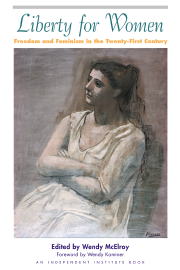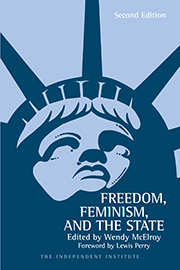The community is varied and ranges from traditionalists who speak stumbling English to a woman who converted from Anglicanism, presumably when she married her Muslim husband.
The other Mercy residents are equally varied; they include a Muslim-baiting radio host and a benevolent Anglican minister who rents Rashid space in his church. His basement becomes the mosque.
"Little Mosque’s" debut drew 2.1 million viewers, which is unprecedented for a Canadian sitcom. It also drew international media attention from The New York Times to Arab News and the Jerusalem Post.
Clearly, people are eager to understand the Muslim families who are (or may become) their neighbors, the youngsters who are playing with their children and the Muslims who could become in-laws.
Many people also are afraid.
The second event also occurred in January in Herouxville, Quebec, a small town outside Montreal with a population of 1,300. The town’s mayor and councilors passed a “publication of standards”—that is, a declaration of norms to inform would-be immigrants of the behavior required of them.
The prohibitions, most of which clearly target Muslims, are stirring ferocious debate in Canada and have been condemned as anti-immigrant by a diverse spectrum of organizations including the Jewish ‘B’nai Brith Quebec’ and the Muslim Council of Montreal. And, yet, the standards have also drawn international media attention from England to New Zealand. Like the 2.1 million viewers of “Little Mosque,” the international interest speaks to the high level of concern caused by Muslim immigrants.
The prohibitions are a bizarre mix. For example, Herouxville explicitly forbids “new arrivals” from stoning women to death or burning them alive. Since these dubious activities already are quite illegal, their prominent inclusion seems to be both unnecessary and a “perpetuation of negative stereotypes,” as Muslim groups have claimed.
Other prohibitions probably are illegal themselves. For example, one outlaws “the covering of faces other than on Halloween,” an obvious reference to the Muslim face veil.
Canadian Muslim groups have stated their intention to file a complaint with the Quebec Human Rights Commission on the grounds that the “publication of standards” violates Section 27 of the Canadian Charter of Rights and Freedoms. The Section reads: “This Charter shall be interpreted in a manner consistent with the preservation and enhancement of the multicultural heritage of Canadians.”
Given that Herouxville’s “publication of standards” admonished “new arrivals” not to re-create “the way of life which they abandoned when they left their countries,” the challenge is likely to succeed.
I hope so. It seems driven by fear.
Both the fear and the curiosity will grow as Muslims move into neighborhoods. But the best way to create a good neighbor remains the same: Be a good neighbor yourself, not a person who dictates what others may wear.
The odds of Muslims moving into a Canadian neighborhood are high.
The country’s population is slightly less than 33 million; an estimated 600,000 to 650,000 are Muslim.
America’s population is approximately 300 million but the number of Muslims included is a matter of considerable debate. Estimates reach from a low of 1.1 million (2001) to a high of 7 million (2002), with the American Society of Muslims estimating 2 to 3 (2006). As the Muslim population increases (as it seems to be doing), many of the same dynamics playing out in Canada will occur Stateside.
It would be preferable if the dynamics were non-violent and aimed at understanding; it would be best if curiosity won over fear.
“Little Mosque” moves in the right direction by using one of the few things that can defuse cultural differences: humor.
It is hilarious. My favorite scene so far: Local feminists picket the mosque because it is considering a barricade behind which women would pray. A black woman is a loud advocate for the segregation and quarrels furiously with the Anglican convert (a white woman).
The white Muslim says she agrees with the pickets. But she adds that, as a white woman “of privilege,” she doesn’t feel able to tell a black woman how to worship.
The feminist looks aghast and blurts out in horror, “I didn’t mean to offend anyone” before fleeing the scene.
How is the barricade resolved? In much the same manner I suspect the “Muslim immigrant” problem will be.
Rashid erects a barricade across only half of the mosque so that women can choose to be segregated or not. The men are not satisfied; each faction of women grumble. But everyone can live with it.









